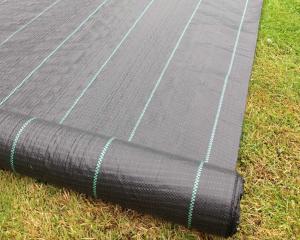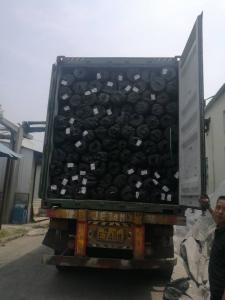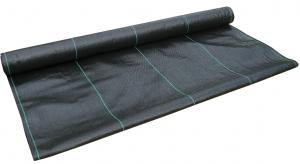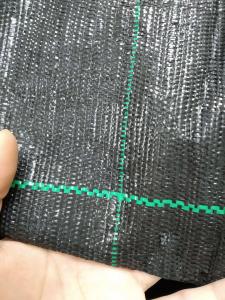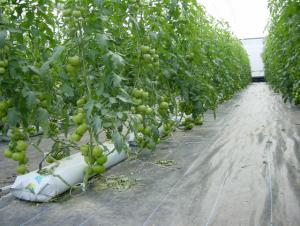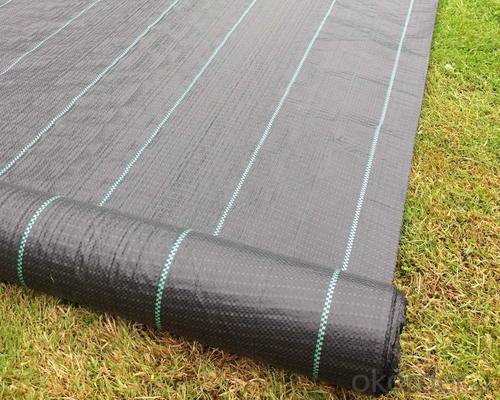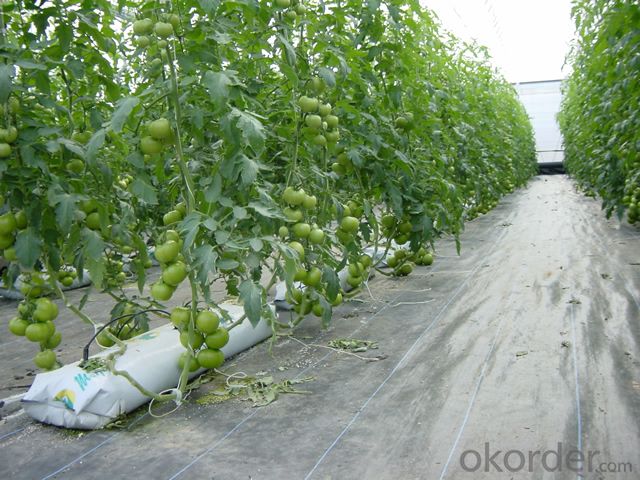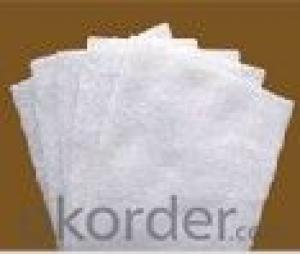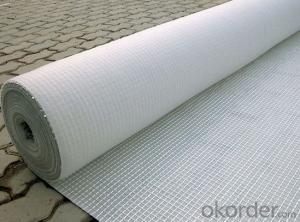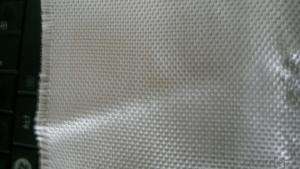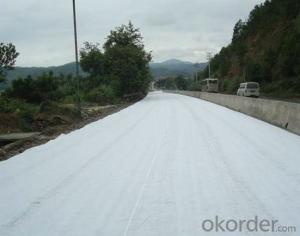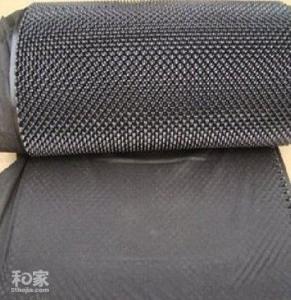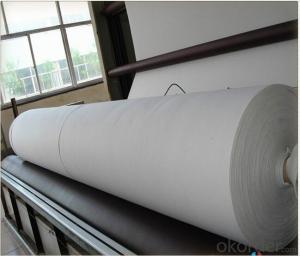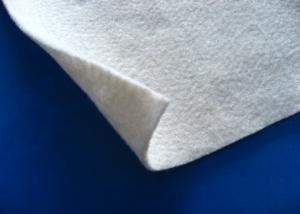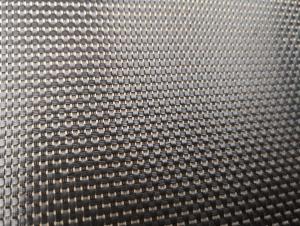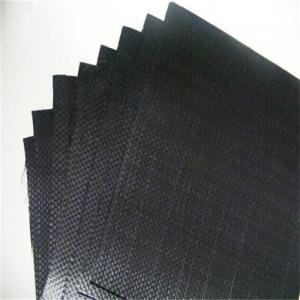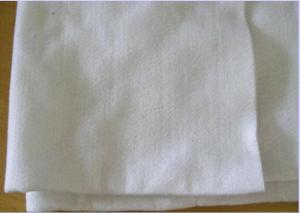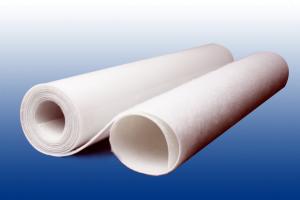PP Woven Geotextile 20KN for Road Consturction Project
- Loading Port:
- Qingdao
- Payment Terms:
- TT or LC
- Min Order Qty:
- 1000 g/m²
- Supply Capability:
- 100000 g/m²/month
OKorder Service Pledge
OKorder Financial Service
You Might Also Like
1. Description of PP Woven Geotextile
CMAX polypropylene woven geotextile is made from polypropylene flit yarn on circle weave machine, including circular loom and flat loom.
2. Specification of PP Woven Geotextile
Weight: 90gsm – 400gsm;
Width: 1m – 6m; Length: as clients’ required.
Color: black color, black with green lines, white color
Item | Unit | Index | ||||||
Unit Weight | g/m2 | 120 | 160 | 200 | 240 | 280 | 340 | 400 |
Breaking Strength in MD | KN/m | 20 | 30 | 40 | 50 | 60 | 80 | 100 |
Breaking Strength in CD | KN/m | 15 | 22 | 28 | 35 | 42 | 56 | 70 |
Elongation Rate | % | 25 | ||||||
Trapezoidal Tearing Strength | KN | 0.2 | 0.27 | 0.34 | 0.41 | 0.48 | 0.6 | 0.72 |
CBR Mullen Burst Strength | KN | 1.6 | 2.4 | 3.2 | 4.0 | 4.8 | 6.0 | 7.5 |
Vertical Permeability | Cm/s | 10^-1 ~10^-4 | ||||||
Sieve Size O90(O95) | Mm | 0.07 ~ 0.50 | ||||||
Variation | % | ±10 | ||||||
4. Property of PP Woven Geotextile:
1).Light weight, high strength, low elongation, easy to construct.
2).Reinforcement, separation, drainage and filtration, fencing function.
5. Application of PP Woven Geotextile
Railways, highways, sport fields, earthwork projects, tunnels, coal mines, walls and slopes, environmental protection and so on.
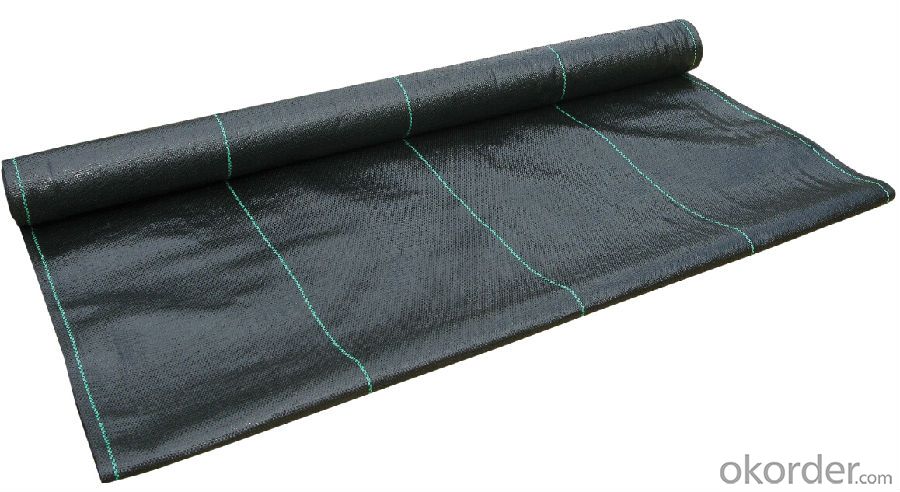
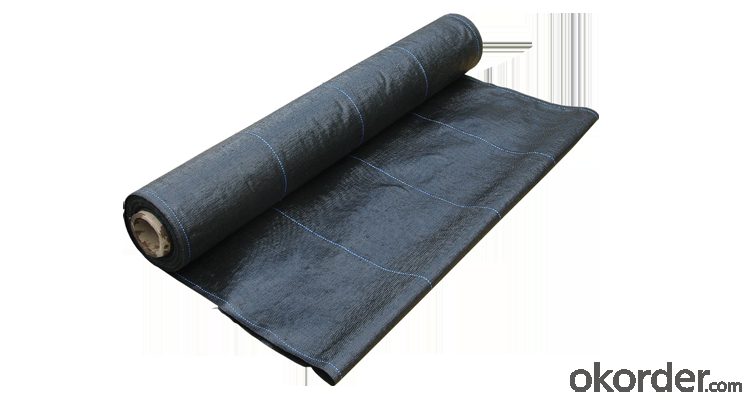
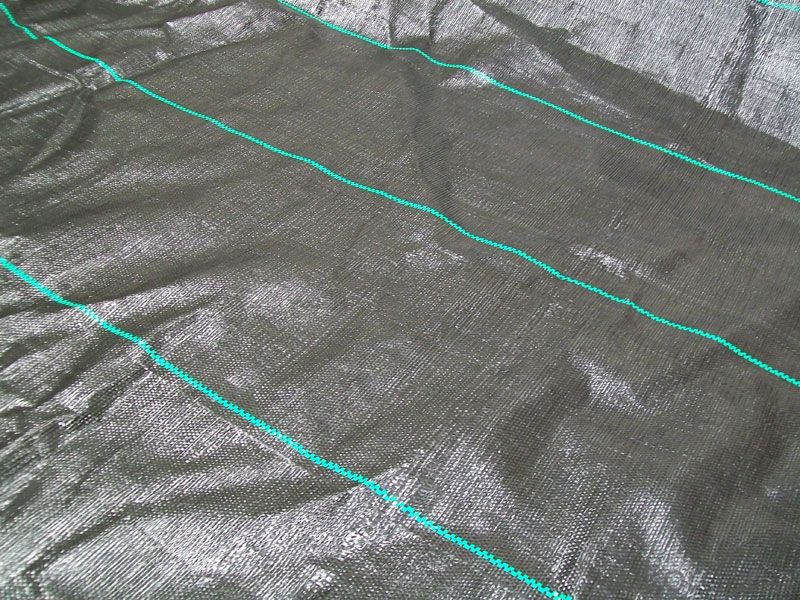
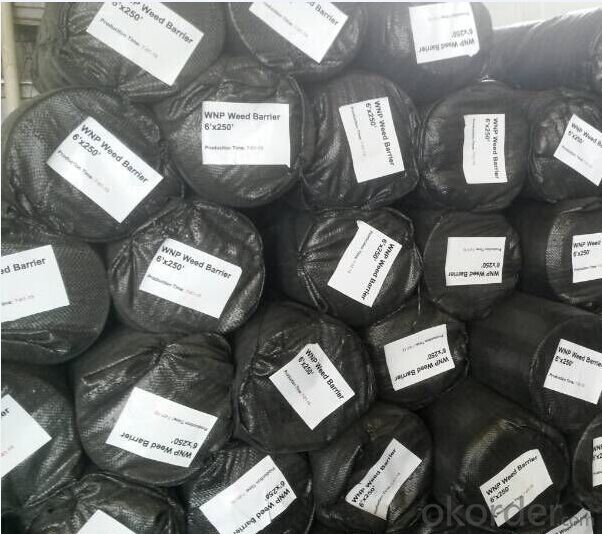
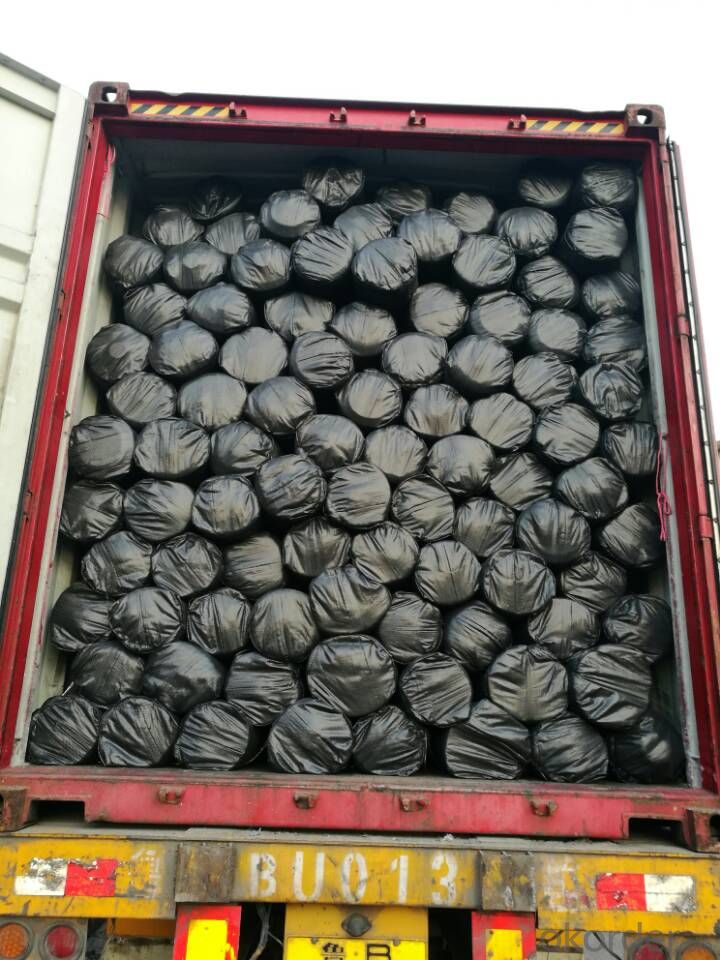
- Q: Geotextile 300g * 600mm * 300g is how is it?
- No you say 300g * 600mm * 300g this specification of the product, according to reason should be 300g * 0.6mm * 300g product 300g * 0.6mm * 300g product is a composite geomembrane specifications, also known as two cloth a film , Composite geotextile. That is, both sides of the upper and lower sides of a layer of 300g geotextile, the middle folder 0.6mm thickness of the plastic film. Composite geomembrane is to play the role of anti-seepage, generally used for water conservancy project seepage, civil engineering seepage and so on. The geotextile is from the water, reinforcement, protection, and can not achieve the role of anti-seepage. 300g * 0.6mm * 300g composite geomembrane price is generally between 11.5-13 yuan. You can do the next reference.
- Q: Stone cage slope is the first gravel or the first shop geotextile
- Hello, the first shop geotextile, put the cage on top, into the stone seal can be. We are Dongrun stone cage factory hope to help you.
- Q: Can geotextiles be used for erosion control in riverbanks?
- Yes, geotextiles can be used for erosion control in riverbanks. Geotextiles are permeable fabrics that can be installed along riverbanks to stabilize the soil and prevent erosion by filtering water, reducing water velocity, and promoting vegetation growth. They provide a cost-effective and environmentally friendly solution for erosion control in riverbanks.
- Q: How do geotextiles contribute to the durability of civil engineering structures?
- Geotextiles contribute to the durability of civil engineering structures by providing reinforcement, filtration, and separation functions. They enhance the stability and strength of the structures by acting as a barrier, preventing the mixing of different soil layers and promoting proper drainage, which prevents erosion and reduces the risk of settlement. Additionally, geotextiles help distribute loads more evenly, reducing the potential for structural damage and extending the lifespan of the construction.
- Q: Geotextile and geogrid difference
- Different geotextile used to prevent seepage, geogrid used to reinforce the geotextile is mainly used to seepage, isolation, geogrid are generally used in reinforced reinforcement, the two are essential differences in the use of the process Sometimes used in the same project, such as high-speed, railway and other engineering production grid is made of polypropylene, polyvinyl chloride and other polymer polymer by thermoplastic or molded two-dimensional grid or a certain height of the three-dimensional Dimensional grid grid, when used as a civil engineering, known as geogrid. Engineering applications: roads, railways, abutments, approach roads, docks, dams, slag and other soft soil foundation reinforcement, retaining walls and road surface cracking engineering and other fields. Fiberglass mesh used in the external walls, wall paint, the main material to prevent the junction of different mortar and other plastering material cracking, hollowing. Local node reinforcement will also be used. Geotextile has excellent filtration, drainage, isolation, reinforcement, anti-seepage, protection, with light weight, high tensile strength, good permeability, high temperature, anti-freeze, anti-aging, corrosion resistance. Common non-woven fabrics, water layer inside the use, polyethylene polypropylene waterproof also used.
- Q: Can geotextiles be used in soil erosion control on construction sites?
- Yes, geotextiles can be used in soil erosion control on construction sites. Geotextiles are permeable fabrics that can be placed on the soil surface to prevent erosion by stabilizing the soil and allowing water to pass through while retaining sediment. They are commonly used in construction sites to protect exposed soils from rainfall and runoff, reducing erosion and promoting vegetation growth.
- Q: Geotextile drainage network and geotextile how to heat stick
- Geotextile and geotextile crimp part of the use of sewing or hot air welding. Hot air welding is the connection method of filament geotextile, that is, with the hot air gun on the connection of two pieces of cloth instantaneous high temperature heating, so that part of the molten state, and immediately use a certain external force to make it firmly together. In the case of wet (rain and snow) weather can not be hot adhesive connection, geotextile should take another method of a suture connection method, that is, with a dedicated sewing machine for two-wire suture connection, and the use of anti-chemical UV suture.
- Q: How are geotextiles installed?
- Geotextiles are typically installed by laying them over the desired area and securing them with stakes or pins. They can also be anchored using sandbags or rocks, depending on the specific application. The installation process may involve preparing the ground, removing any debris or vegetation, and ensuring proper alignment and overlap of the geotextile rolls.
- Q: How long do geotextiles typically last?
- Geotextiles typically last between 20 to 25 years, depending on various factors such as the type of material used, installation conditions, and the intensity of use or exposure to environmental elements.
- Q: What are the specifications for geotextiles in wastewater treatment projects?
- Geotextiles used in wastewater treatment projects typically have specific specifications related to their weight, permeability, and durability. These specifications ensure that the geotextiles are capable of providing effective filtration, separation, and reinforcement functions in the wastewater treatment process. Additionally, they are designed to withstand the harsh conditions and chemicals present in wastewater treatment facilities.
Send your message to us
PP Woven Geotextile 20KN for Road Consturction Project
- Loading Port:
- Qingdao
- Payment Terms:
- TT or LC
- Min Order Qty:
- 1000 g/m²
- Supply Capability:
- 100000 g/m²/month
OKorder Service Pledge
OKorder Financial Service
Similar products
Hot products
Hot Searches
Related keywords
